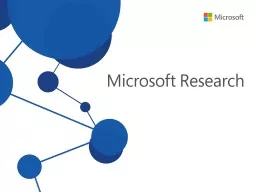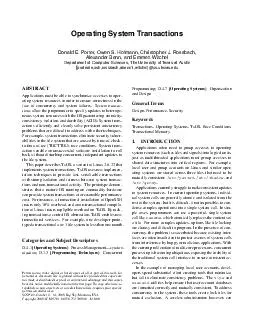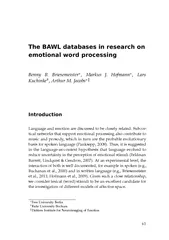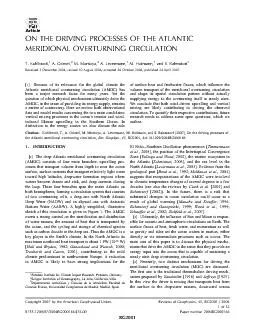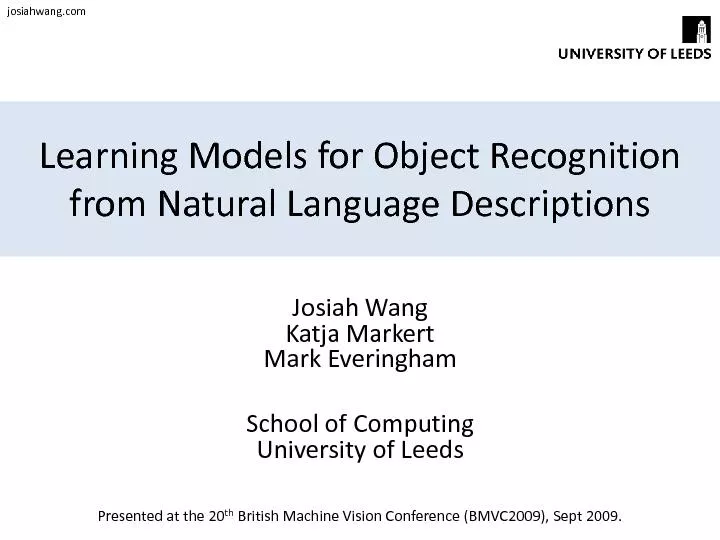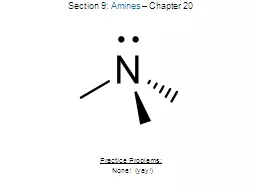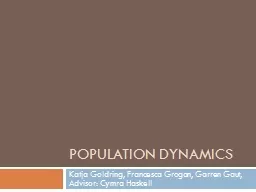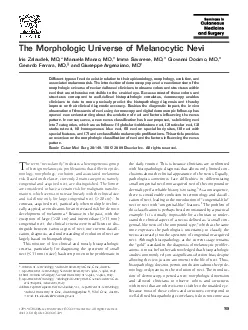PPT-Katja Hofmann
Author : natalia-silvester | Published Date : 2015-10-24
Learning to Interact Towards Selflearning Search Solutions Presenting work by various authors and own work in collaboration with colleagues at Microsoft and the
Presentation Embed Code
Download Presentation
Download Presentation The PPT/PDF document "Katja Hofmann" is the property of its rightful owner. Permission is granted to download and print the materials on this website for personal, non-commercial use only, and to display it on your personal computer provided you do not modify the materials and that you retain all copyright notices contained in the materials. By downloading content from our website, you accept the terms of this agreement.
Katja Hofmann: Transcript
Download Rules Of Document
"Katja Hofmann"The content belongs to its owner. You may download and print it for personal use, without modification, and keep all copyright notices. By downloading, you agree to these terms.
Related Documents

